SUMMARY
This is AI generated summarization, which may have errors. For context, always refer to the full article.
![[ANALYSIS] Navotas reclamation disrupts rare migratory birds](https://www.rappler.com/tachyon/2021/01/ispeak-manilabay-reclamation-1280.jpg)
When you arrive at the coast of Tanza in Navotas, you’ll be greeted by a small patch of marshy sand. It might not look like much, but this precious wetland is teeming with migratory waterbirds.
Of the 73 species of birds found in this area, around half of them visit from other countries in the months of September to April. They fly in from throughout the East Asian Australasian Flyway, a so-called “Highway in the Sky” that millions of birds would use to escape the harsh winter in places like Russia, Mongolia, Japan, Korea, and Alaska. Many birds spend their time eating and resting to continue their flight further south, while others will stay over until they decide to fly up north again. Generations of these birds have been doing this for thousands, if not millions of years, much longer than humans have lived on this coast.
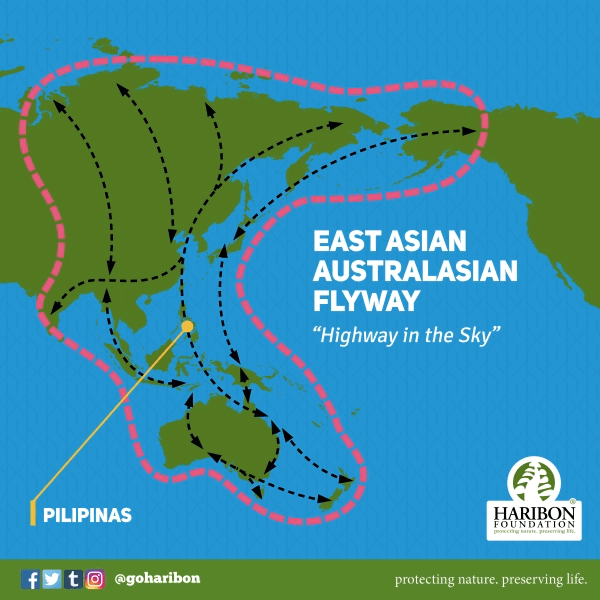
Get to know some of the endangered migratory species
Last October 31, 2020, the globally threatened Black-Faced Spoonbill (Platalea minor), a rare sight in the Philippines, was spotted in this area and brought in daily visitors of bird watchers and bird photographers. Committed conservation efforts in Korea and Vietnam has brought the species numbers from 300 individuals to more than 4,000. Years of research, collaboration, and conservation efforts have given this bird a chance to avoid extinction. The Far Eastern Curlew (Numenius madagascariensis), Great Knot (Calidris tenuirostris), and Chinese Egret (Egretta eulophotes), also endangered species with conservation efforts abroad, were seen in this mudflat.
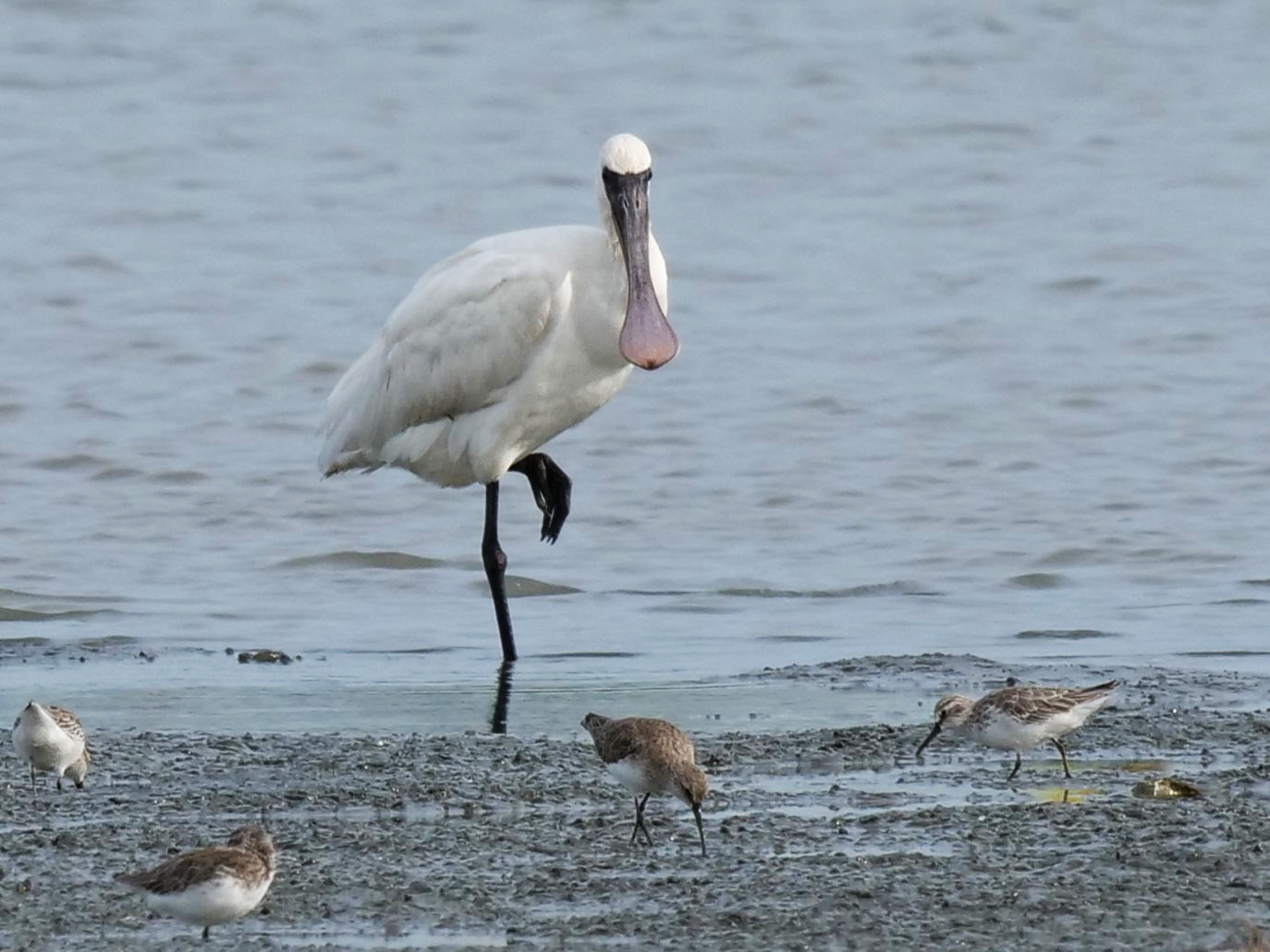
These few endangered birds are joined by hundreds of other migratory waterbirds. They all visit to rest and refuel for their long journey. More common waders like the Pacific Golden-plover (Pluvialis fulva), Curlew Sandpiper (Calidris ferruginea), Red-necked Stint (Calidris ruficollis), and Kentish Plover (Charadrius alexandrinus) speed around the larger waders like the Bar-tailed Godwit (Limosa lapponica), Eurasian Curlew (Numenius arquata) and Marsh Sandpiper (Tringa stagnatilis). Even a stunning rarity of Pied Avocets (Recurvirostra avosetta) visited late last year.
Everyone was in a feeding frenzy, loading up on precious food for their journey. Each species has a specific diet to prevent them from competing with each other, but it may turn out that the ultimate competition would be with humans building on their feeding grounds. Habitat loss through activities like land reclamation is named as one of the top threats to migratory waterbirds, and this site is no exception.

Unlike conservation efforts for endemic birds, the Philippine Eagle (Pithecophaga jefferyi) for example, protecting migratory birds requires concerted efforts among multiple countries across the East Asian Australasian Flyway. You might say, “But birds can fly! Losing one mudflat wouldn’t make much of a difference if they can fly to another feeding site.”
Well, new research shows that these birds are faithful to their feeding areas and any man-made disturbances have historically disrupted their historical migration patterns. Most birds affected by the disturbance have a greater chance of dying somewhere along the migration flight because they don’t make it to a new feeding site. Simply put, not enough food means not enough energy to fly.
Other birds make it to alternative feeding sites, but they tend to be sickly and weaker, often having a hard time finishing their journey. Moving to another feeding site will also mean they will share with the original birds feeding there, causing competition in both groups (Burton, et al, 2006, Lowen, 2016, Moores, et al, 2016).
Research has also shown that the building of sea-walls and reclaiming of wetlands in Saemangeum, South Korea, has drastically reduced the numbers of birds successfully returning to their breeding grounds in the north (Moores, et al, 2016).
Birds can’t just fly away.
We also benefit from healthy coastlines
Healthy wetlands like these coastlines have numerous benefits for people, including low-cost flood control, protection from waves, sources of livelihood, ecotourism, and, notably, one of the most effective means of combating climate change and its effects. Wetlands store 3 times as much carbon as land forests! When you convert wetlands into other places (like a mall or an airport) you lose all these benefits and more.
With the effects of climate change being felt today, it’s more important than ever to preserve and protect our coasts. These healthy ecosystems are where both birds and people can thrive and lead healthy, happy, and fulfilled lives. So, what’s good for the birds is good for the people.
Infrastructure like sea-walls and malls along the coast may protect us from strong waves and create economic opportunity, but it’s time to ask for the true cost of these coastal buildings and if these will really benefit our communities in the long run.
The Philippines is among the most vulnerable countries to the effects of climate change (Lopez, 2018). Naturally low-lying areas, like wetlands, will be even more vulnerable to flooding and storm surges because sea-level rise is happening faster in the Philippines than the global average (US AID, 2017). As our natural ecosystems degrade, so will their capacity to protect us from these exacerbated natural hazards.
It’s time we build with nature, not against it
We have to ask ourselves if we’re going to keep building against nature or are we going to start building with nature. Building with nature is a design approach that works with existing natural forces to benefit the economy, society, and the environment. No need to build new walls, new land, or bring in artificial sand. The result is a climate change resilient, beautiful, and multi-functional design that caters specifically to the needs of the coastal community (Ecoshape, n.d.).
“Building with nature” solutions have proven to be an effective means of protecting coastal communities while sustainability increases coastal economic production.
The Demak province shoreline in Indonesia was slowly but surely being swallowed by the sea. Economic activity was hampered by flooding, coastal erosion, and pollution. Through a partnership with the local governments, Ecoshape, research institutions, and private companies, 20 kilometers of coastline has been rehabilitated by building permeable walls to encourage mangroves to grow back without planting new ones. Coastal communities were taught sustainable aquaculture practices to maximize the output of abandoned fish ponds with minimal environmental impact. – Rappler.com
Janina Castro is a member of the Wild Bird Club of the Philippines and an advocate for wetland conservation.
Add a comment
How does this make you feel?
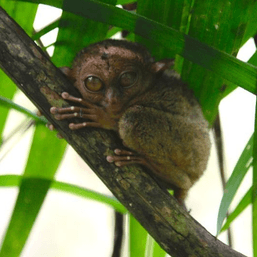




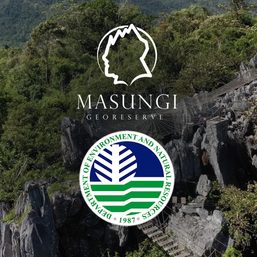

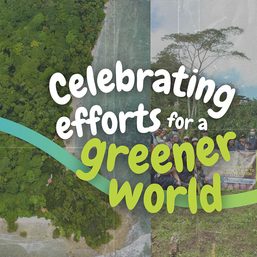
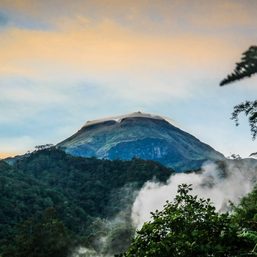

There are no comments yet. Add your comment to start the conversation.